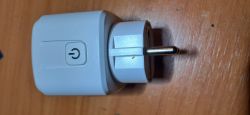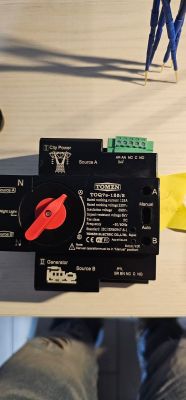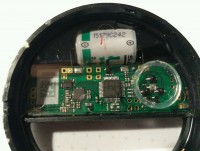Hi,
Has anyone of you ever played with reading the MBUS protocol (W-MBUS / Wireless MBUS)? I would be particularly interested in reading water meters of Polish manufacturers with the emphasis on APATOR water meters.
So far I have looked at the frames sent by 2 different water meter manufacturers and I can see significant differences in their length.
And the second question - using W-MBUS/MBUS and supporting the standard, can the manufacturers encrypt the transmission? And what is the issue with manufacturers sharing documentation? Do you have any experience on this topic?
Edit: After a quick reconnaissance I see that:
- Apator encrypts part/all of the frame with AES-128.
- Manufacturers are reluctant to share information.
Therefore, let me ask an additional question:
- does anyone know of a manufacturer who is willing to share information about what and how their water meter sends?
- Do any of you have any information on any manufacturer's frames?
Edit2: I might save someone time and money:
- the proxy on the radio overlay is read-protected. This was to be expected, but I wanted to check anyway (year ~2015).
- Most likely (99.9%) the encryption and decryption is done on the hardware (overlay/reader device). The software is only for data collection.
- older version of software written in .NET and not protected against decryption (year ~2009).
- of the unencrypted information in the box is the overlay number
- reportedly... (completely unverified information and not really sure what it refers to) something/someone/somewhere/somehow used only zeros as the AES-128 key....
Has anyone of you ever played with reading the MBUS protocol (W-MBUS / Wireless MBUS)? I would be particularly interested in reading water meters of Polish manufacturers with the emphasis on APATOR water meters.
So far I have looked at the frames sent by 2 different water meter manufacturers and I can see significant differences in their length.
And the second question - using W-MBUS/MBUS and supporting the standard, can the manufacturers encrypt the transmission? And what is the issue with manufacturers sharing documentation? Do you have any experience on this topic?
Edit: After a quick reconnaissance I see that:
- Apator encrypts part/all of the frame with AES-128.
- Manufacturers are reluctant to share information.
Therefore, let me ask an additional question:
- does anyone know of a manufacturer who is willing to share information about what and how their water meter sends?
- Do any of you have any information on any manufacturer's frames?
Edit2: I might save someone time and money:
- the proxy on the radio overlay is read-protected. This was to be expected, but I wanted to check anyway (year ~2015).
- Most likely (99.9%) the encryption and decryption is done on the hardware (overlay/reader device). The software is only for data collection.
- older version of software written in .NET and not protected against decryption (year ~2009).
- of the unencrypted information in the box is the overlay number
- reportedly... (completely unverified information and not really sure what it refers to) something/someone/somewhere/somehow used only zeros as the AES-128 key....







